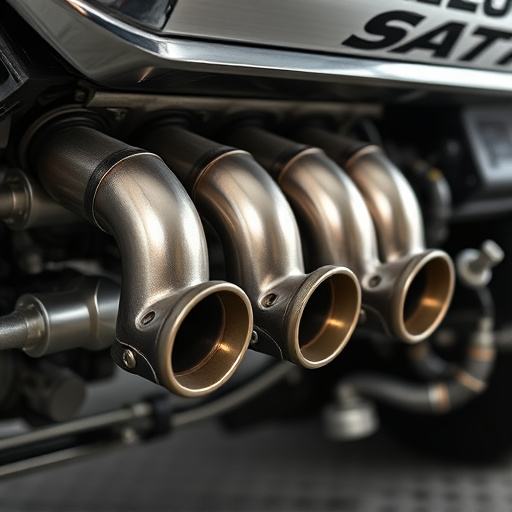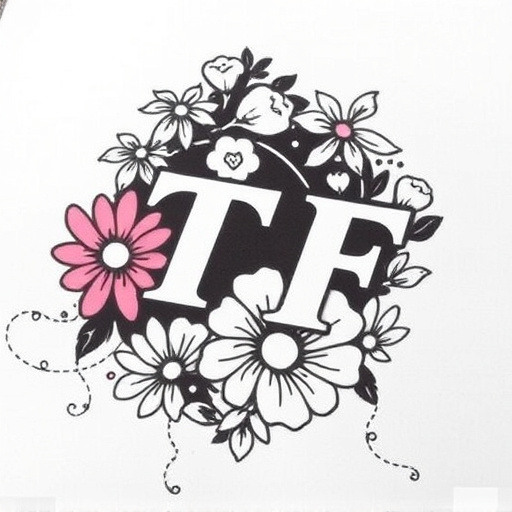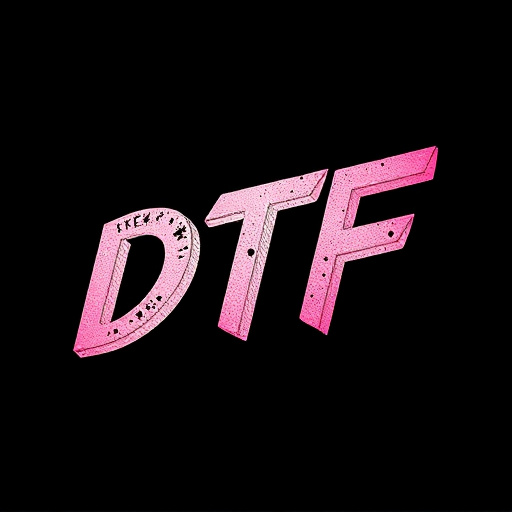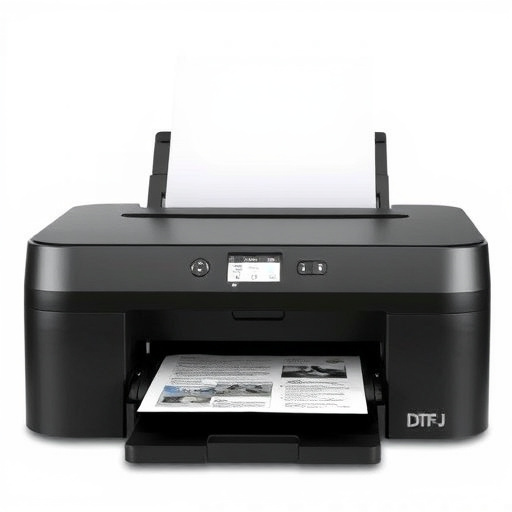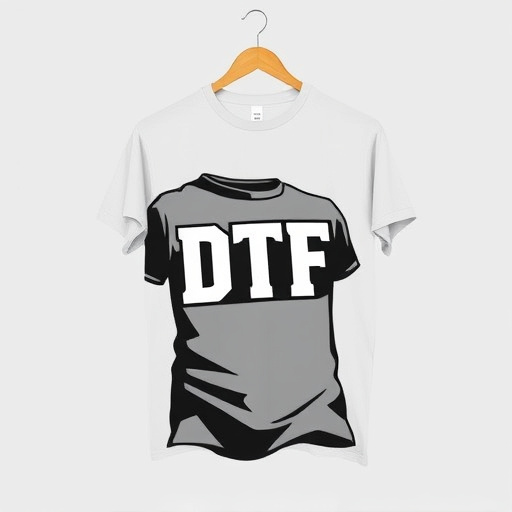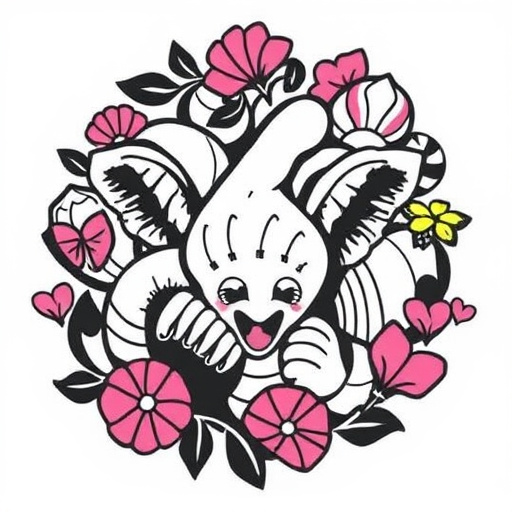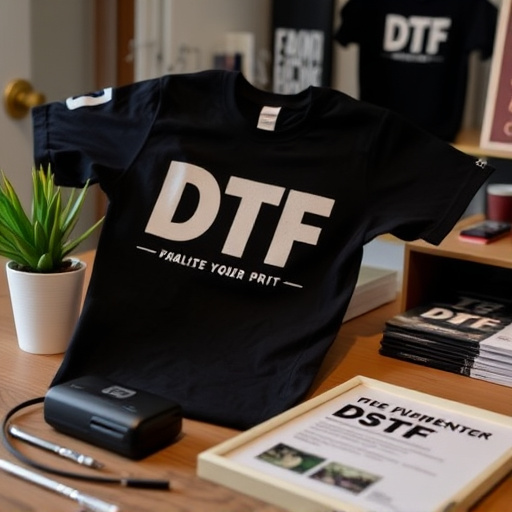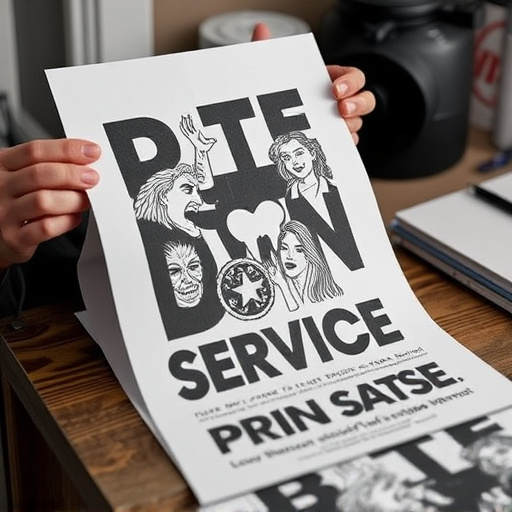Direct-to-Film (DTF) Transfers offer a modern solution for print production, creating vibrant and detailed images on various surfaces by applying a thin layer of cured UV material. Cost varies with design complexity, substrate type, and desired quality, with cold peel DTFs offering lower costs and quicker turns, while advanced technologies provide premium results. Choosing the best DTF printer involves balancing aesthetic goals and budget considerations, revolutionizing textile decoration with precise, personalized prints achieved through specialized heat transfer paper.
Direct-to-Film Transfers (DTFT) offer a unique path for filmmakers to bring their visions to life without traditional distribution channels. This article breaks down the intricate costs associated with DTFT projects, providing essential insights for aspiring and established filmmakers alike. We explore key factors influencing pricing, from film stock and equipment rentals to labor and post-production services. By understanding these components, creators can make informed decisions, optimize budgets, and navigate the cost landscape of direct-to-film transfers effectively.
- Understanding Direct-to-Film Transfers and Their Unique Costs
- – Definition and overview of direct-to-film transfers
- – Key factors influencing project scope and pricing
Understanding Direct-to-Film Transfers and Their Unique Costs
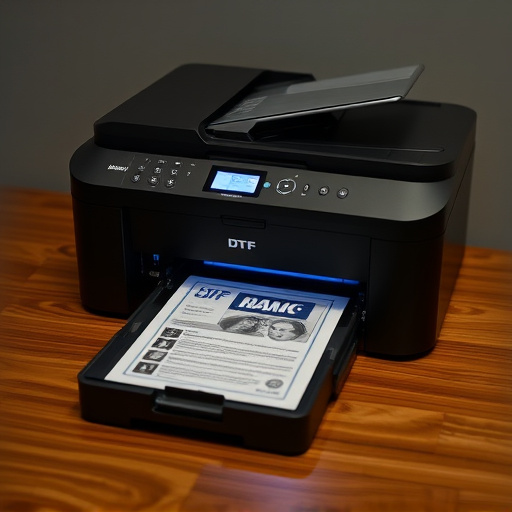
Direct-to-Film Transfers (DTF) represent a cutting-edge method in print production, offering unparalleled quality and efficiency for businesses looking to create vibrant, detailed images directly onto various surfaces. Unlike traditional printing methods that rely on separate layers of ink, DTF transfers involve applying a thin layer of specially formulated material to the substrate, which is then cured under UV light. This process not only ensures precise color reproduction but also allows for complex designs and unique finishes.
The cost breakdown of a Direct-to-Film Transfers project can be influenced by several factors, including the complexity of the design, the type of substrate used, and the desired level of quality. Cold peel DTF transfers, for instance, offer a more affordable option with quicker turnaround times but may sacrifice some durability and finish. Conversely, high-end DTF printers utilizing advanced technologies can produce exceptional results but come at a premium cost. Ultimately, selecting the best DTF printer or method depends on the specific needs of each project, balancing aesthetic desires with budget constraints.
– Definition and overview of direct-to-film transfers
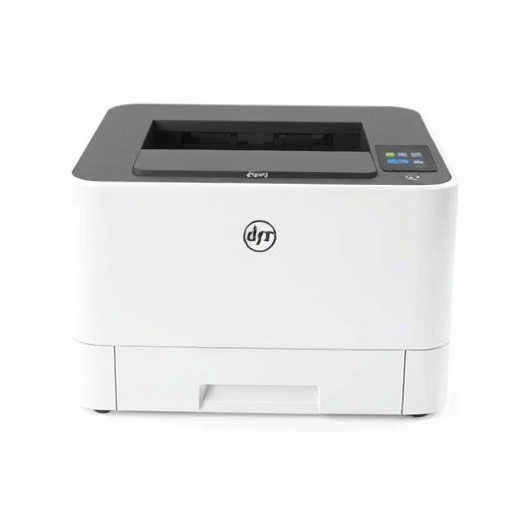
Direct-to-Film Transfers (DTF) is a cutting-edge process that enables the direct application of designs onto various surfaces, such as textiles and fabrics, using specialized heat transfer paper. Unlike traditional printing methods that rely on ink and presses, DTF employs a digital approach, allowing for precise and vibrant prints. This modern technique has revolutionized the custom t-shirt industry and other forms of textile decoration. By eliminating the need for screens or plates, DTF offers a cost-effective and efficient solution for creating unique, personalized garments and products.
The process involves digitizing the desired design and then transferring it onto the heat transfer paper, which acts as a temporary carrier. This prepared paper is then pressed against the target material at high temperatures, causing the design to merge permanently into the fabric or other surface. DTF heat transfer paper comes in various types, each optimized for different materials and print requirements, ensuring exceptional results every time.
– Key factors influencing project scope and pricing
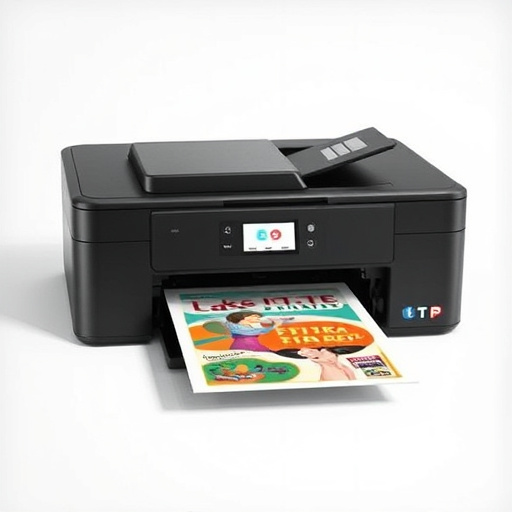
Several key factors significantly influence the scope and pricing of Direct-to-Film (DTF) transfers projects. First and foremost, the complexity of the design plays a pivotal role. Intricate designs with numerous colors, fine details, or custom elements naturally command higher costs due to the increased workload and potential use of more advanced printing techniques. The size of the product, be it a t-shirt, hoodie, or other apparel item, also impacts pricing; larger items generally require more film and ink, driving up expenses.
Additionally, the choice of fabric can affect both the project’s scope and final price. Different fabrics have varying levels of absorbency and smoothness, which influence how well the design prints. Specialized or unique fabrics might necessitate specific printing methods, such as direct to garment (DTG) or screen printing, that come with different cost structures. Moreover, the quantity of orders is a crucial factor; higher order volumes can lead to lower per-unit costs due to economies of scale.
Direct-to-Film Transfers (DTFT) offer a unique path for filmmakers to bring their visions to life without the traditional theatrical release process. However, understanding the cost breakdown is crucial for any project’s success. By factoring in production, post-production, and distribution expenses, creators can navigate the financial landscape of DTFT effectively. This insights empower them to make informed decisions, ensuring their projects are both visually stunning and financially viable, ultimately enriching the cinematic experience for audiences worldwide.
